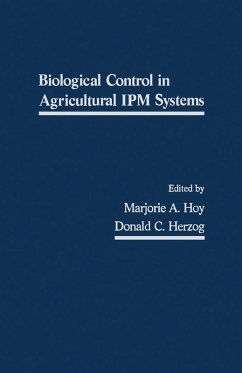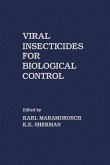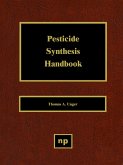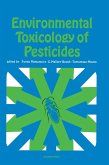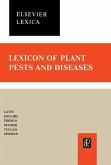After briefly discussing the status and issues of biological control in IPM, the book deals with the basic principles of IPM programs and their related costs, risks, and benefits in biological control. The text also describes the compatibility of plant resistance with biological control of arthropods and the chemical mediated host or prey selection behaviors of entomophagous insects attacking herbivorous insect pests. It explains the development of microbial insecticides; the genetic improvement of insect pathogens; the use of entomogenous nematodes in cryptic and soil habitats; and the techniques for integrating the influences of natural enemies into models of crop/pest systems. The fourth part of the book focuses on the biological control of weeds. The following part considers the general concepts relating to the unique characteristics of plant diseases affecting aerial plant parts. This part also examines the biological control of soil plant pathogens in IPM systems and the use of soilborne viruses, bacteriocins, and hypovirulent strains of fungi as biological control agents. The concluding parts describe the biological control of nematodes and the status and limits to biological control in selected commodity IPM systems, such as citrus, grapes, alfalfa, cotton, and soybean.
Entomologists, plant pathologists, weed scientists, nematologists, toxicologists, and economists will find this book invaluable.
Dieser Download kann aus rechtlichen Gründen nur mit Rechnungsadresse in A, B, BG, CY, CZ, D, DK, EW, E, FIN, F, GR, HR, H, IRL, I, LT, L, LR, M, NL, PL, P, R, S, SLO, SK ausgeliefert werden.

